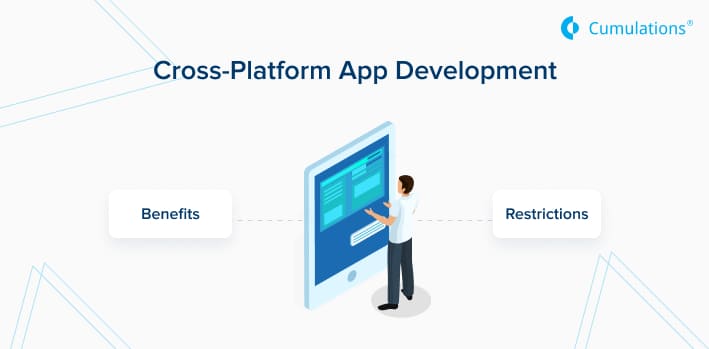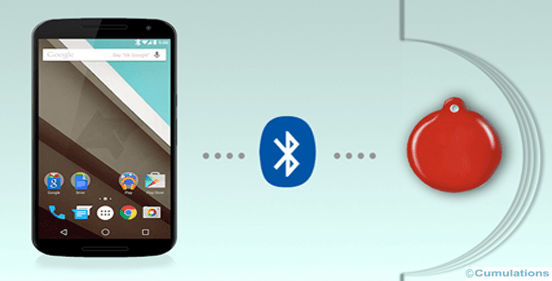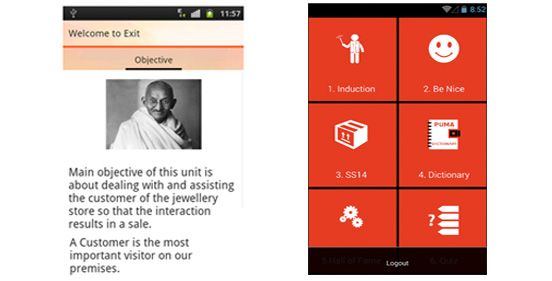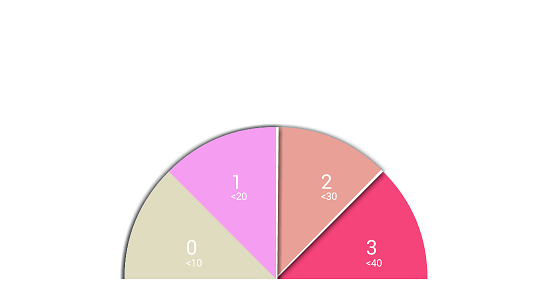
In a world split almost evenly between iOS and Android, how can a business effectively cater to both or more platforms? The app development market is expected to grow by leaps and bounds, potentially becoming a 6.3 trillion dollar economy by 2021. No business would like to give up the market share of either Apple Store, Google Play, or even Blackberry World and Windows Apps. Native apps are developed for a single OS or platform and hence, need to be redeveloped for every platform. Native apps are usually fast and high performing. However for most businesses, developing multiple apps for the same purpose does not seem like a very efficient strategy; it can be expensive and time-consuming. Cross-Platform App Development, which allows you to build apps for multiple platforms at the same time, has become increasingly popular in this context. A variety of tools and frameworks exist for it and cross-platform apps are already out in the market, including PayPal and UberEats.
Should a business choose Cross-Platform App Development for their needs?
Benefits:
Lower Cost of Development: Native app development can be fairly expensive. These costs will multiply for every native platform the app is coded for. With cross-platform apps, a single code for multiple platforms erases the need to hire different development teams. The code is reusable and the developers need not learn a new language for different versions. This can lead to relatively lower costs during development.
Faster Delivery to the market: For native apps, any changes in the app have to be communicated to different sets of designers and implemented. This often takes time. If an app has been developed using cross-platform app development, changes have to be coded only once. It is also quicker to reuse code than write from scratch. This will save time, not only during development but also testing and updates. All updates can be deployed and synced across every device at the same time. This can allow modifications to be delivered to the market faster, gaining an edge in competitive markets.
User Experience can be aligned uniformly across platforms with minimal work: Coding an app separately for each platform often leads to differences in user experience across platforms. Different development teams will invariably lead to different experiences during updates and modifications. Cross-platform app development tools can allow each app to follow the native UI for the same underlying code. Ionic is quite popular for this. Custom changes can be developed, tested, and implemented once, leading to uniformity in user experience, even with a UI that feels truly native.
Wider reach for the app: Since a cross-platform app allows you to target and launch in several platforms at once, you can contact iOS and Android users at the same time. There is no lag between different platforms, in terms of the initial launch or further updates. This will allow you to capture a larger share of the market faster. Building a user base in as short a time as possible can be an important factor for start-ups and small and medium enterprises.
Better Cloud Integration: Since cross-platform apps use a single source code as the base, the compatibility with any plugins and extensions is greatly enhanced. Only one source code needs to be coordinated with various extensions and plug-ins which can be done with relative ease. Such apps can be easily integrated with cloud settings. In a world that is shifting to cloud computing more than ever before, this can be a great competitive advantage.
Increasing ease of development: There is a wide variety of cross-platform app development tools available; a large number of them are free to use. Users can often pay for additional features if needed. Tools like React Native, which are also used by Facebook, Skype, and Instagram allows you to code in not only JavaScript but also languages such as C, Swift, and Java. Another popular tool called Flutter, created by Google is believed to be the best for custom app development. A comparison of the flutter and react native can be found here. Some other tools include Xamarin, Ionic, Adobe PhoneGap, and QT.
Despite multiple advantages, cross-platform app development does operate under some restrictions on performance and development. Cross-Platform apps usually are slower than native apps as a lot of functionality comes at the cost of speed. Cross Platform apps also often struggle with offline functionalities.
Restrictions:
More Code Maintenance Required: Most apps must be updated each time any OS is updated to maintain compatibility. This requires additional testing and maintenance, which can take time, even in native apps. With multiple platforms to cater to, the frequency of updation and code maintenance for cross-platform apps increases significantly. Compatibility must be tested with all the platforms the app is running on.
Lack of Flexibility: While coding for multiple platforms, developers will invariably lose access to certain features of the OS, API’s and the device. Support across multiple devices and platforms comes at the cost of full integration and flexibility. Not all native development tools may be available. Developers may have to work around certain features of all platforms to provide features that are supported on every device. Developers will also lose access to the full hardware of the device.
Graphics: The lack of access to all features of the OS and hardware poses severe restrictions on the 3-D graphics or complex graphical user interfaces. Apps may not have access to core graphics libraries which can severely impact performance. Cross-platform apps may offer more harm than benefits when it comes to heavily graphic reliant apps and games.
Interface with App Store and Google Play: Launching a cross-platform app, or updates and modifications to it, can take some time across the two platforms. Platform manufacturers often encourage only native apps on their stores. Certain authorizations are required for launching on either Apple Store or Google Play, which can get cumbersome every time an update needs to be launched. This time delay should be factored in by the development team to calculate time to launch an app. However, once authorized, they are easy to host in the stores.
Security Concerns: Any cross-platform app that handles user or corporate data can run into security issues. The apps can be vulnerable to threats that affect different platforms in different ways. Data driven apps also have to be compliant to security features for all the platforms it runs on.
Whether the benefits of cross-platform app development outweigh the drawbacks is a question that is open to debate. It is difficult to find a single answer. This is a question that must be answered by each business individually, depending on their needs and budgets. If low costs of development and maintenance, reusable code and faster time of deployment, potentially wider audience reach, and benefits like uniform user experience and cloud integration are important for your business, cross-platform apps are the way to go. Hire a leading Cross platform Development Company to develop top notch mobile app which works flawlessly on multiple platforms. One must also do a cost-benefit analysis against lesser flexibility, security concerns, more complex interfaces, and reduction in UI and graphical power. However, one thing is for sure. Cross-Platform App Development is here to stay and will only increase in the future!
Also read: Building a Responsive Web Application using Flutter


 +91-984-5825982 | +91-996-4689921
+91-984-5825982 | +91-996-4689921 sales@cumulations.com
sales@cumulations.com Send your requirement
Send your requirement 



